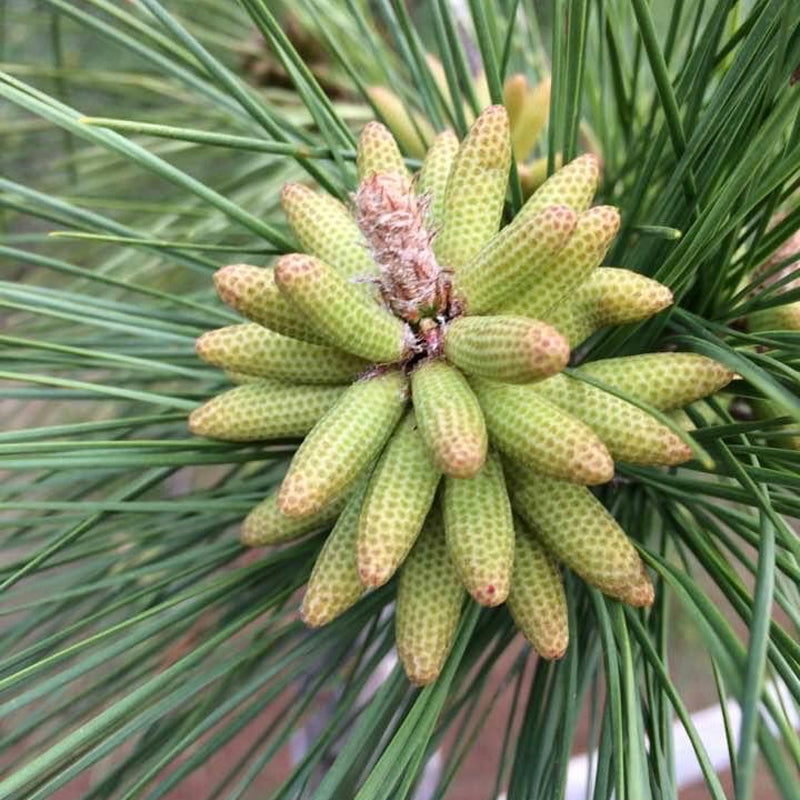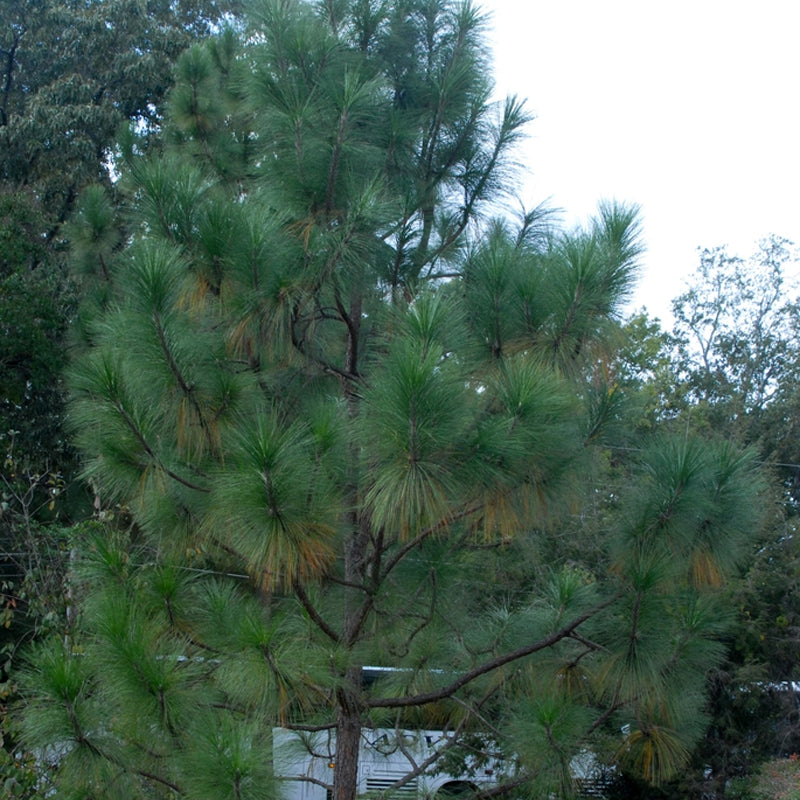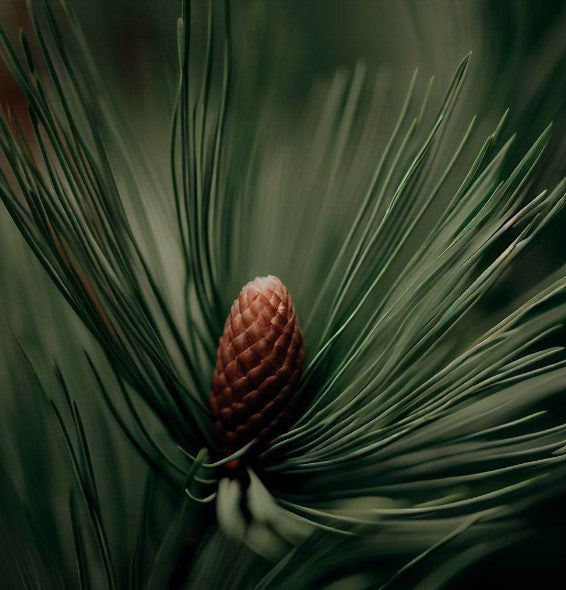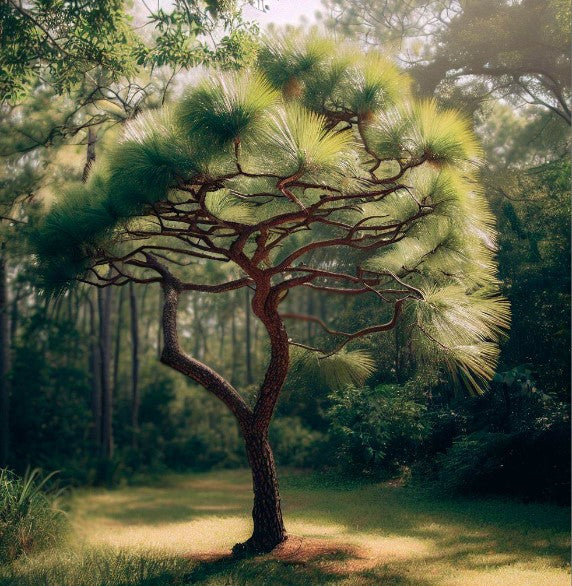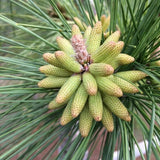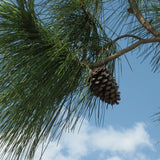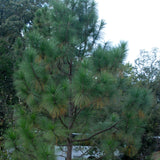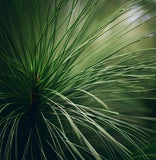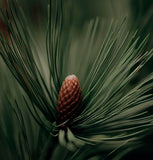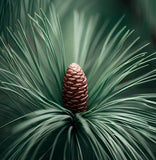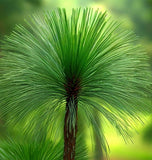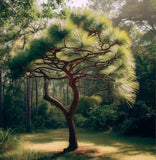Pinus palustris (Longleaf Pine)
Pinus palustris (Longleaf Pine) is a large, slow-growing, and long-lived evergreen tree species native to the southeastern United States. It is an iconic tree of the southern pine forests and has great ecological and historical significance. Longleaf Pine is a tall tree that can reach heights of 80 to 100 feet (24 to 30 meters) or more, with some exceptional individuals surpassing 150 feet (46 meters). It has a straight trunk with a relatively narrow crown. The bark is thick, reddish-brown, and deeply furrowed.
The needles of Longleaf Pine are long, slender, and flexible, measuring around 8 to 18 inches (20 to 46 centimeters) in length. They are arranged in bundles of three and have a dark green color. The tree produces large, oval-shaped cones that can reach lengths of 6 to 10 inches (15 to 25 centimeters). The cones have a light brown color and contain winged seeds.
Longleaf Pine is well adapted to the fire-prone ecosystems of the Southeast. It has a unique growth habit where it forms a "grass stage" during its early years, with tufts of long needles arising from a basal rosette. As the tree matures, it develops a distinct trunk and canopy. The thick bark and a high resin content make it fire-resistant and enable it to survive and even benefit from periodic fires.
This tree species has significant ecological value. Longleaf Pine forests are known for their high biodiversity and provide habitat for numerous plant and animal species, some of which are endangered or threatened. The open, grassy understory of a mature Longleaf Pine forest supports a rich diversity of herbaceous plants, including many endemic species.
Historically, Longleaf Pine forests covered vast areas of the southeastern United States, but extensive logging and land conversion have significantly reduced their range. Efforts are underway to restore and conserve these ecosystems due to their ecological importance and unique beauty.
In addition to its ecological significance, Longleaf Pine has commercial value. The wood is highly prized for its strength, durability, and resistance to decay. It is used in construction, flooring, furniture, and other applications where strength and durability are essential.
Overall, Pinus palustris, the Longleaf Pine, is a remarkable tree species that embodies the character and beauty of the southern pine forests. Its unique growth habit, long needles, and ecological adaptability contribute to its ecological and cultural importance in the southeastern United States.
Botanical Name : Pinus palustris
Common Name : Longleaf Pine
Height : 80- 100 ft
Spread : 50 ft
Germination Info : No pre-treatment required.
Hardiness zone : 7-9
Average seed per ounce : Approx. 313

